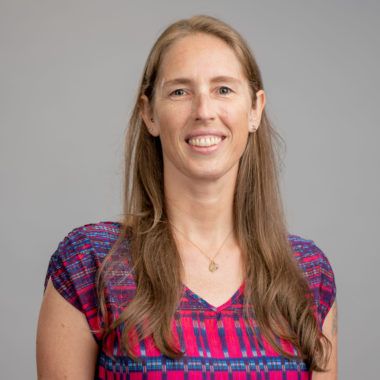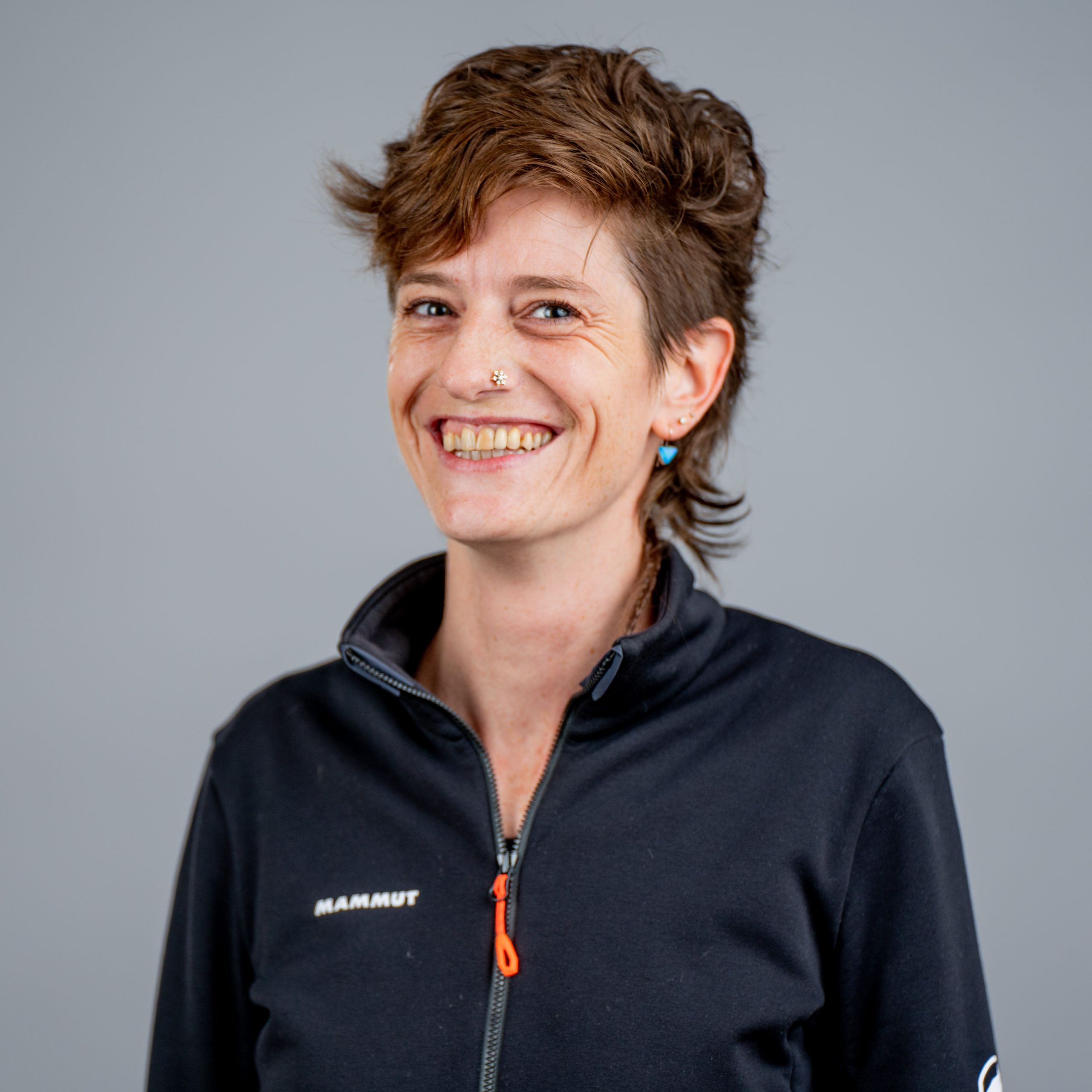Lead is a common trace constituent found in all rocks. It occurs as the radiogenic daughter product of U and Th decay, but it also forms its own minerals where radiogenic Pb is not found, due to the exclusion of U and Th in the mineral. As a result, its isotopic ratios vary widely as a function of age and the ratio of U and Th. Aside from its use in geochronometry, this variability makes it a useful tracer in geologic, archaeological and forensic studies, as it records the chemical environment on which the Pb resided. Since these parameters can vary widely between different geological environments, and because various geological processes including the generation and fractionation of magmas; hydrothermal and metamorphic processes; and surficial processes including weathering can change U/Pb and U/Th ratios, Pb isotopic ratios serve as tracers regarding the origins of rocks.
Archeologists use the isotope ratios of Pb much as they do those of Sr; in fact, the two systems are often used in conjunction with each other to determine residential origins and migration patterns of ancestral humans. As with Sr, the assumption is that the isotope ratios for Pb in bone and tooth enamel will reflect those in the portion of the biosphere in which an individual lived, thus providing information about the land where food was grown or grazed.
Depending on the needs of the researcher, our lab extracts Pb by acid digestion; we can digest materials completely, or we can leach readily available material via partial extraction. Pb is then purified by standard cation exchange methods using small-volume columns, thus reducing the volume of reagents used, and minimizing the reagent contribution to blank levels. We use only high-purity reagents and all work is done in a controlled cleanroom environment.
All Pb isotope measurements are done on a nuPlasma II mass spectrometer fitted with 16 faraday cups and 5 ion counters. We run NBS 981 during all sample runs as a reference check, using sample-standard bracketing to monitor instrument drift. We use masses 205 and 203 of Tl to correct for mass discrimination and to improve the stability of measured ratios within a sample run.
We currently only offer solution analyses, using a CETAC dry desolvating system to increase sensitivity; we are in the process of acquiring a laser-ablation setup, and we will announce when this is up and running.
ANALYTICAL FEES
Please note: we will be updating our rates for samples received after December 31, 2023, unless you have an existing estimate dated less than one year earlier and have not yet submitted those samples. Our current rates are in the tables below. Rush (expedited) service is not available at this time.
If you require a formal quote, please let us know the sample type, number of samples, isotope system(s) you need measured, and the application. We accept payment by check or online by credit card. UGA clients are encouraged to use their SpeedType. If you need to pay by wire, please contact Janice Lackey. If you plan to pay by purchase order (PO) and you work at a university or large company you will most likely need a formal quote before you can request a PO, which should be done before submitting samples. Please reference the PO No. on your submission form and send a copy of your PO to icpms@uga.edu. If you need to pre-pay or set us up as a vendor in your purchasing system, please contact Angela McLendon. For training, demos, or large/ongoing projects please contact us.
| FEE SCHEDULE, 2023: | |
|---|---|
| Price | |
| Pb extraction and analysis | $200 |
| Combined Pb & Sr | $300 |
| Sample Size Requirements |
|---|
| •We strongly prefer to do all sample pre-treatment and purification work in-house, as it is imperative to have control over reagent purity and cleanroom conditions. If you have access to suitable preparation labs and wish to do some of this work outside of our faciclites, please contact us. |
| ••Per the directive of the University System of Georgia Board of Regents, all University Sytem of Georgia and Emory University clients are billed at lower rates. Please contact us if this applies to your work. |
| •••Large sample sets can be discounted; please inquire. |


